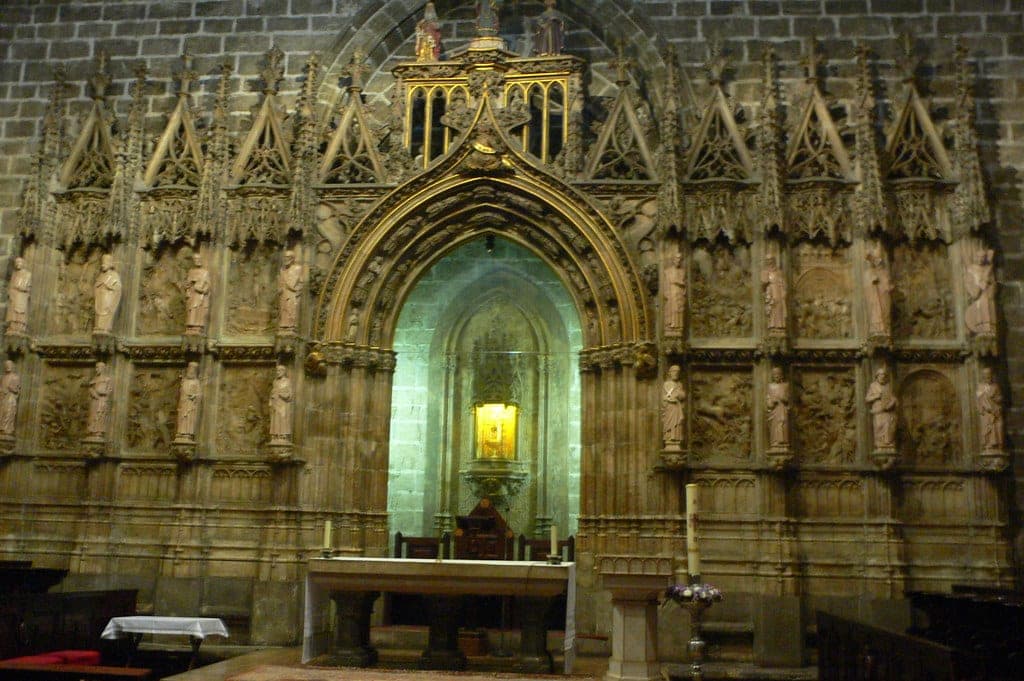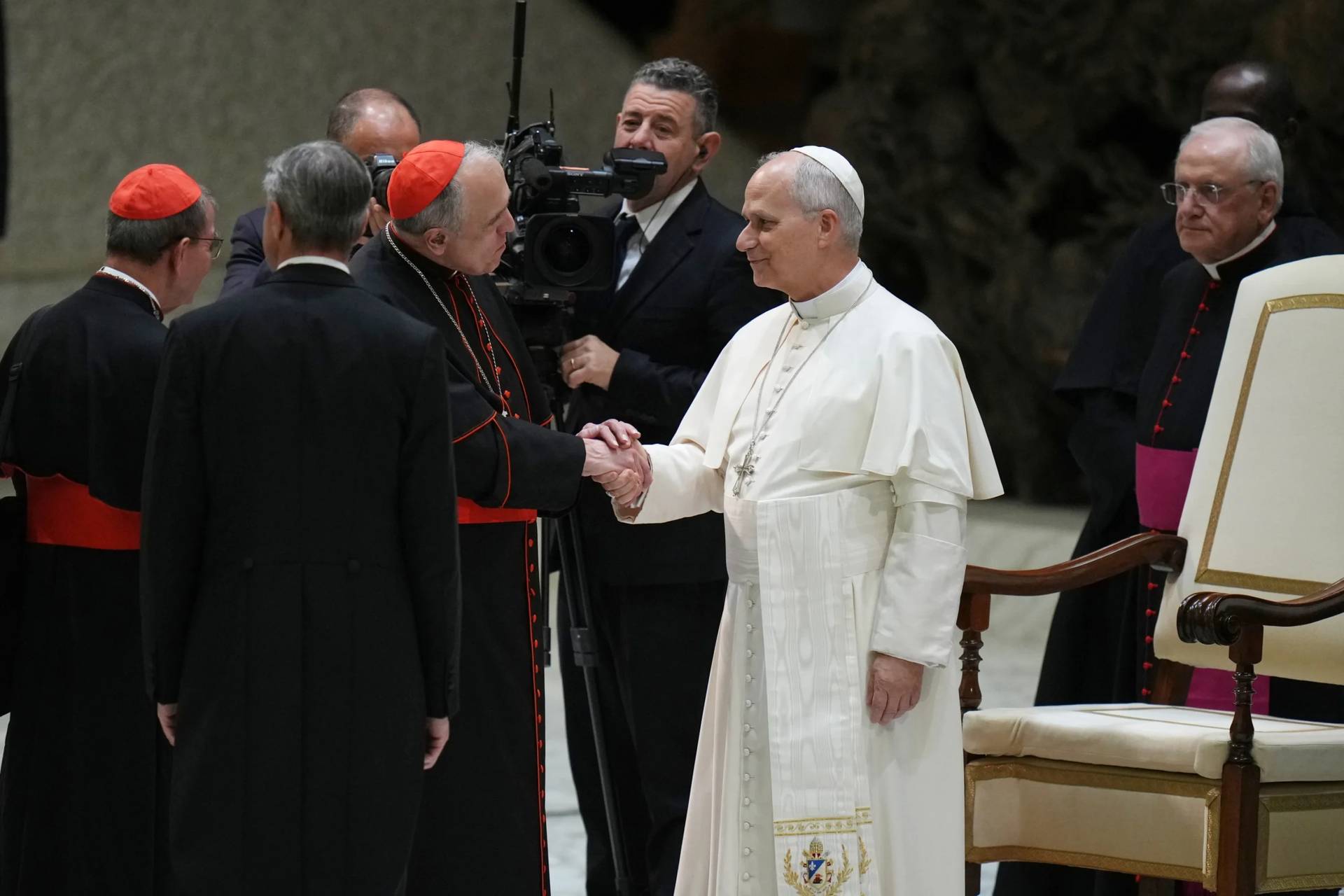It’s quite an event in Valencia. Twice a year a small chalice is taken out of an insignificant chapel at the back of the Cathedral of the Spanish city, and placed at the heart of the church. But this is not just some ordinary chalice.
No, this is the Holy Grail. The cup used by Christ at the Last Supper with the apostles. Although in all honesty, we still need to add the words ‘as legend has it’: complete and conclusive evidence of its being the actual Holy Grail has not yet been found, and the Church has never officially confirmed that this is in fact the real deal.
Burned at the stake
Strong evidence that it is the Holy Grail has however been around for quite some time now. The cup in the Valencia Cathedral, for example, is made of a stone that can only be found in the Holy Land. And looking at its shape, it could have well been used at Jewish liturgical celebrations.
Beautiful, if indirect, proof can be found in the book St. Laurence & The Holy Grail. In it, journalist Janice Bennet talks about St. Juan de Ribeira (1532-1611), the Archbishop of Valencia. He was fond of relics, but only when the authenticity of a relic had been properly looked at. The saint was quite resolute in his research: if a relic was not found to be real, it went straight to the stake to be burned. He was so convinced of the authenticity of the Holy Grail however, that he encouraged its veneration as much as possible.
A 99.9 percent chance
Recently, a dissertation was added to the long list of evidence and indirect proof. On February 27, Spanish art historian Ana Mafé García received her Ph.D. after researching the value of the Holy Grail for tourism. In her dissertation, she writes that there is a 99.9 percent chance of the chalice kept in Valencia being the real Holy Grail.
Based on the form and the measurements of the chalice, she concludes that it’s of ancient Jewish heritage, katholisch.de writes. To be precise, the chalice dates back to the time of King Herod the Great, the father of the Herod who is such a prominent figure in Christ’s Passion. Furthermore, according to Mafé García, besides the fact that the stone used for the chalice can only be found in the Holy Land, it also “represents the tribe of Judah, of which Jesus of Nazareth was also a member.” Add to that the inscription with a reference to Jesus, and according to the art historian it’s clear: “It all adds up.”
An icon
It might not be the conclusive evidence we need, but all signals direct to one point. The story of the Holy Grail reminds one of the Holy Shroud of Turin, and the way the Church and the faithful regard it. In this case as well, everyone is ultimately free to believe whatever he or she wants. And that’s not the only and most important similarity between the Holy Grail and the Holy Shroud. Both were defined as icons, meaning that they offer the onlooker a view on another reality.
As a philosopher and professor from Madrid, Salvador Antuñano, once said about the Holy Grail in an interview with Zenit: by attentively looking at it, you become part of another world, of a mystery that offers salvation, or, in Jesus’ own words, of a “new covenant in my blood” (Luke 22,20).
This article was originally published in the Dutch Catholic weekly Katholiek Nieuwsblad on April 19th 2019. It was translated for Crux by Susanne Kurstjens-van den Berk.
















